Quantum Bananas & Cherry Pi
I’m obsessed with the notion that two things never touch.
I don’t know where I read it or heard it or saw it first—this crazy idea involving quantum mechanics and electric fields and chemical synapses and Zen mysteries—but it’s something to ponder: that no matter what we think we feel, there is, on an invisible atomic level, a space between everything.
Let’s back up.
There’s a silly romantic comedy with Tim Robbins, Meg Ryan, and Walter Matthau as Albert Einstein, called I.Q, which illustrates ideas on infinity, space, and relativity in a cute if not cheesy way. Meg Ryan and Tim Robbins are at opposite ends of a dance floor. Meg asks Tim if he’s familiar with Zeno’s Paradox, whereby to get from Point A to Point B, we must cross the halfway point between them. Once reaching that halfway point, there is a new halfway point between them. Then, at that halfway point, there is another.
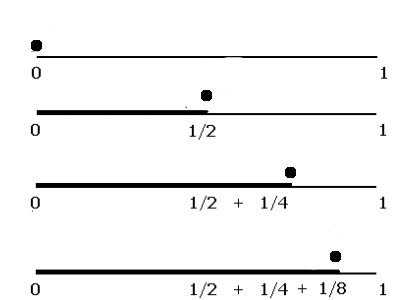
This is where Paradox creeps in spookily: to get to one’s destination, you have to cross the halfway mark between yourself and wherever you’re going, but between Point A and Point B, there are an infinite number of halfway points, and if you stopped at each one, you’d never reach your destination. Of course, Robbins goes halfway toward the girl. Ryan goes halfway to the boy. They go the next two or three halfway points, flirting. They eventually meet at the middle of the dance floor, embrace, and one says “So how did that happen?”
Zeno’s Paradox stems largely from Aristotle, who said, That which is in locomotion must arrive at the half-way stage before it arrives at the goal, which makes logical sense. But what of those infinite halfway points? How does anything reach its goal? How do we know if we ever get to Point B? Are we ever reaching—and eventually touching—anything or anyone?
I don’t even want to believe in infinity. I think it’s a vague theoretical, mathematical notion with a really cool symbol:
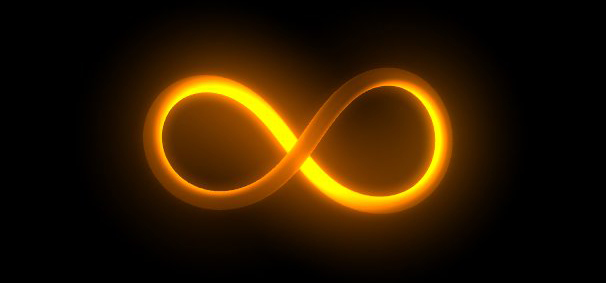
Ideas like Pi, again, a really cool symbol, entrance and infuriate me.
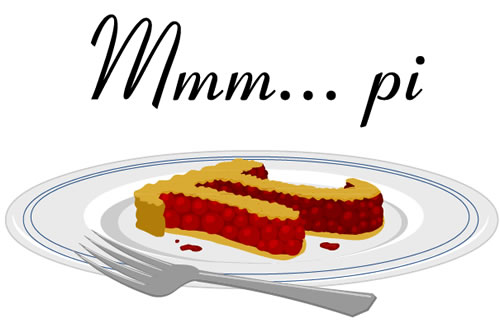
It goes on forever. Forever? What the hell does that mean? 3.141592654ever? No end? No repeating? No pattern? The longest decimal representation of Pi, according to the handy-if-not-always-dependable Wikipedia, is over five trillion digits. And counting. Why? I feel like if I could answer this question—and no one can, apparently, not even people ten times as smart as me—I’d be able to answer why people fall in and out of love, why earthquakes decimate nations, why kids get cancer.
I like finiteness. I like exactness. This spooky math and physics simultaneously explains everything while destroying everything we think we know.
Let’s get really boring:
“In the nervous system, a synapse is a junction that permits a neuron to pass an electrical or chemical signal to another cell.” (Wikipedia, of course).
But look at this picture.

There is a gap. There is a space. All the information that transfers pain and pleasure from our body to our brain and back again…transfers in waves and particles through nerve cells that are connected—but not actually touching.
This is a physical metaphor—or rather a microcosm—of the spaces between what we actually touch. According to quantum mechanics, my fingers and the keys on this keyboard are separated by an infinite world where electric fields are melding, where gravity and motion and direction are making words appear, but where nothing but microscopic particles are banging against each other in the inconceivable space where I perceive the sense of touch.
How we interpret “touch” impacts what we think about all this, of course. I still think we touch things in the simple sense of the word: I think people can start fires with friction; I think ignitions turn with a key; I think we lift and hold our children; I think we clutch our pens and write; I think kisses lead to more kisses. But still, I wonder, and I pretty much do believe that there is something separating us, always, from everything and everyone. Maybe that’s part of the reason we try to get closer to people we love, the need, the desire, to meet in that place where our nerve cells, on invisible fire, mingle and dance without truly meeting.
Look at the Enso.
This circle is very important in Zen Buddhism and can represent strength, enlightenment, and much more. They’re not always broken circles like the one above, but the idea of a broken circle appeals to me: the circle, a thing with no beginning and no end, but one that isn’t fully connected, imperfect and incomplete, something that looks like it’s trying to reach its destination, and can’t, but still tries, and tries forever.
That seems like the way we are, when we’re at our best. And it’s the only forever—the only infinity—that makes sense to me.
Ask me about an infinite number of monkeys, sometime.
They wrote this blog once.
But it was more concise.
And then they laughed and swung around the laboratory, never wondering for a minute whether they were touching anything. They just knew what they knew, and celebrated with bananas.

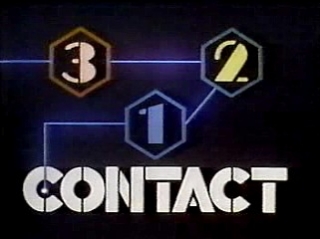
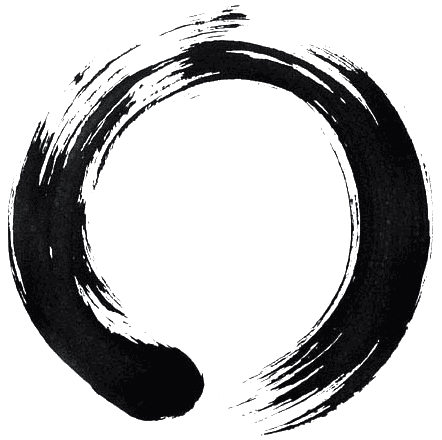
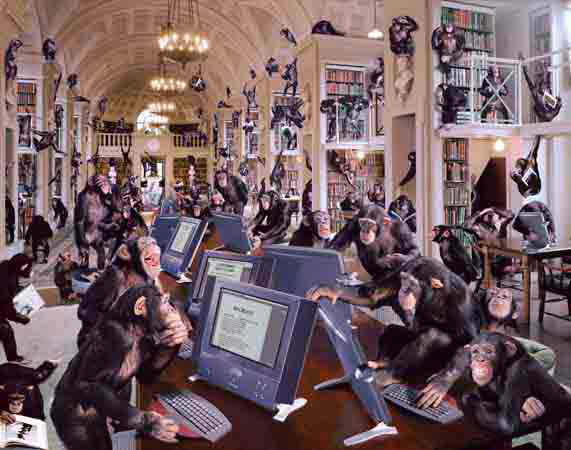
 About Benjamin Kail
About Benjamin Kail
Kail, thanks for explaining all of that in a very human, accessible way. I think this was your true ending: "That seems like the way we are, when we’re at our best. And it’s the only forever—the only infinity—that makes sense to me." –the universal meaning as we call it in English-essayland. But I guess the monkeys are cool, too…
Oh, that is the true ending.
The monkeys are a dénouement of sorts. I've babbled with friends and family about the infinite number of monkeys for years, thanks to Bob Newhart.
Except since I first heard about those monkeys, I've computerized it: in the English language there are a limited number of words in the dictionary right now. With combinations and permutations, there are limited ways in which those words can be jumbled and presented. In other, less words: pump all the words in the dictionary into a computer, it WOULD eventually print out all the classics. All poems, all novels, all news articles, all blogs, all sentences, all fragments. Even throw in slang and compound words, there is a finite number of ways in which all those words can be ordered, structured, or mixed, and a NASAesque computer could eventually come up with all of 'em.
That means everything I wrote, and am currently writing, isn't even close to unique, because a computer could eventually spit it out as one of the googleplex of permutations of our language. An added layer of paradox here is that even though there's possibly a finite number of word-combos, (mmm, Combos), there is probably not enough paper in the world to print all that shit out, the computers would probably freeze, and all of humanity would be dead and gone by the time Windows reloaded.
Good God though, I've put everyone to sleep while calling all writers, essentially, unoriginal losers.
mmm…Combos.
but… and i have no idea how we got on this… but… the computer, or randomocity (word?) might be able to put words together, but it can't infuse them with meaning. neither can monkeys, quite frankly. thus, the superiority of MANKIND. and thus, our challenge. (see jason's post)
We got on it because Bob Newhart's infinite monkeys = the same thing as a supercomputer, only a supercomputer is finite.
Don't get me wrong, I don't think a computer can produce anything as wonderful as Shakespeare. Nor do I think we're all lame and unoriginal because a computer could potentially spit out everything we write/say.
I just think…if my mathematical word combo theory is correct…and there is a limited number to the ways in which we can communicate…I just think that's kind of funny!
And I mean funny in a maniacal, metaphysical, what the hell and "all the world's a stage" type way.
If the monkeys only knew that they could never actually touch those yummy, yummy bananas.
Great work Kail, I love the subject and you've done an excellent job with it.
and when he says he "loves" the subject, he means he LOVES THE SUBJECT.
Thanks disperse! I don't like bananas as much as I used to. But now I want one.
Ooo, love your post! Especially like the 3-2-1 contact reference and now I have the song in my head – "it's the feeling, it's the answer….when everything happens contact!" haha. How cool to think of that atomic space between everything.
Thanks Lindi! Glad you liked it. 3-2-1 Contact was the bomb when I was, I dunno, three or something. It's great referencing things like that here, where we should all remember shows like that. I wanted to bring it in somehow, just the picture…but when I watched the video I was surprised at how much actual CONTACT is taking place, babies touching moms, animals touching faces, and I was surprised at how much it applied to my piece. Thank you, Youtube.
I really like this. I especially like how you go into a very deep, abstract place and then wind up with monkeys at the end! Mmm, bananas.
Thanks Susan!
I o.d.'d on bananas when I was like 10. So I'm done with them, now.
I still like banana bread, though.
(that's what she said)
sorry, couldn't resist.
This reminds me of The Onion's piece, "Bananas Again Sweep Primates' Choice Awards." I appreciate your drawing together of eastern and western thought. Regardless of basis, the quest for truth and structure is behind these mathematics, and you bring that out well. Nice job, and nice looking job, as always.
Thanks, Jason, and thanks for picking up on that mix of East and West. I'm very interested in math, despite a history of underachievement in the subject that can only be described as comical. I'm also obsessed with Eastern culture, thought, and philosophy, and while I'm certainly no Buddhist or Taoist, I see lots of truth there, and I see lots of parallels with strange physics that might be abstract or might be real…hell if I know.
Einstein called quantum mechanics "spooky," and even he liked to talk about how mysterious the search for truth and meaning is…and how the more spiritual side of things should, ironically, compel us to think scientifically.
The Onion kicks ass.
Great post, brother. Even though it almost made my head explode. 🙂
Thanks Tailor. I was going to get all medieval on people's math-bones; instead I just gave a bunch of links to crazy quantum jargon. Hope your head didn't completely fry.
Analysis of the halfway paradox can be funny as shit when applied to American football.
To go a 100yds you have to get to the 50yd line, the halfway point. Then you have to go 25 to get to the next halfway point. Then you have to go 12.5. Then you have to go 6.25. Then you have to go 3.125. Then you have to go 1.5625. Then you have to go .78125. Then you have to go .390625. Then you…it goes on forever. Just keep dividing by two. We could divide all day, all year, all decade, till we died.
How the fuck do touchdowns HAPPEN?
Clearly, that bastard Tom Brady knows how to circumvent infinity and quantum mechanics, because he throws for lots of touchdowns.
I think all NFL QBs have some sort of quantum inhibitor.
That's right behind the flex capacitor, right?
Hi Kail, I am impressed by the enso circle you included in your article – I would like to use it for a cover page for a book. Do you know if there is a copy right issue? If yes whom should I contact?
Hi Ilana, sorry I didn't see this comment awhile ago. There is most definitely a copyright issue, as with most of the pictures in my blogs. I get them from random clickings and goings on the googles.
I do not remember where I got this one, other than to say I googled Enso and found it somewhere. And holy shit, when you google images "Enso" now, the third pic is a link directly to this blog! That's pretty cool, actually. The power of 30pov.
I'd say that for the cover of a book, to avoid any copyright issue, just paint your own Enso. They are easy enough, fun, relaxing, and you might even find enlightenment!
[…] Quantum Bananas and Cherry Pi.* […]